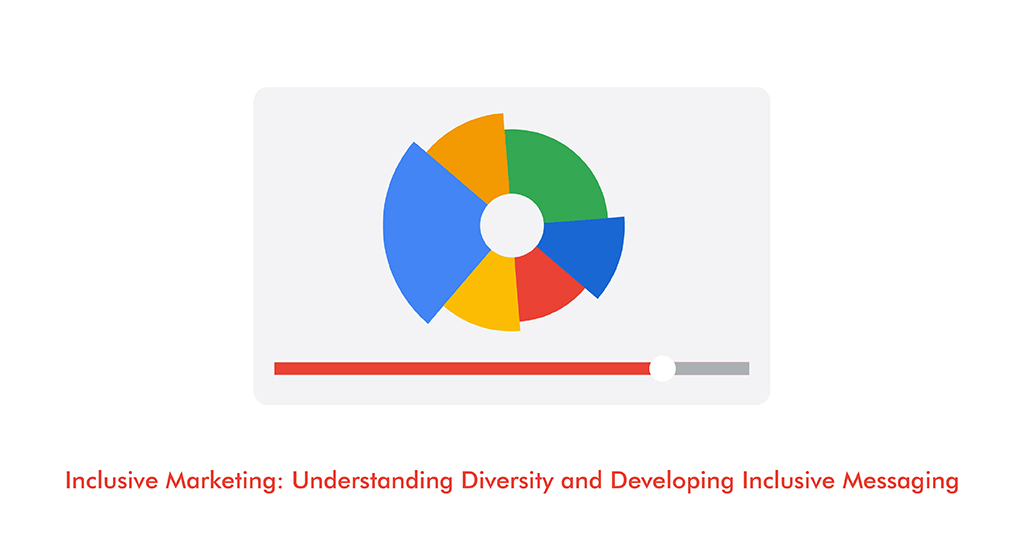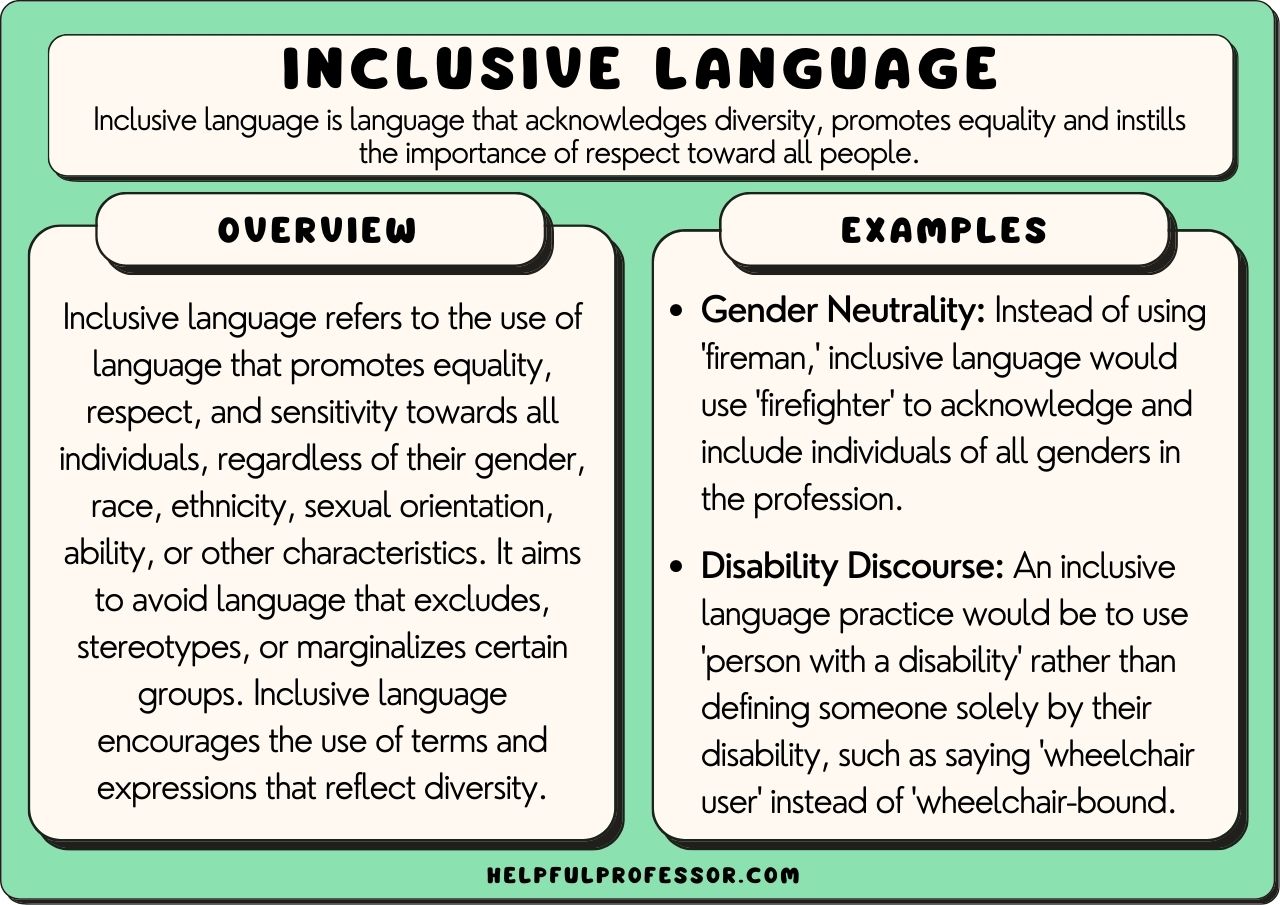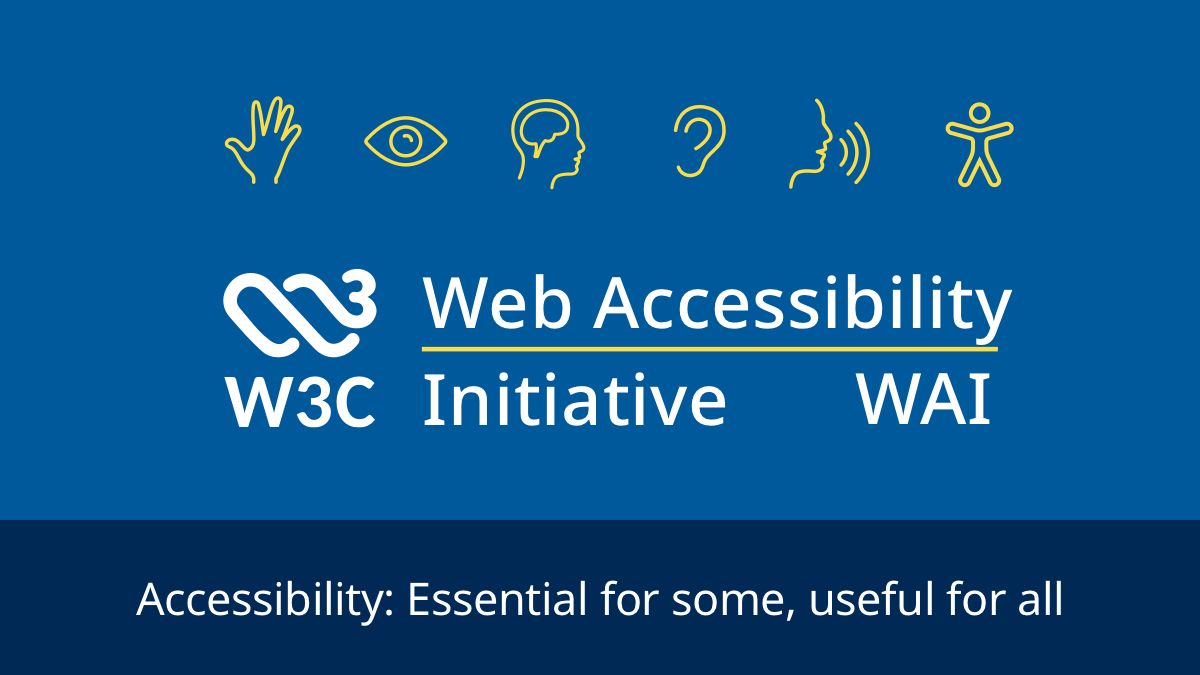
In today’s rapidly evolving digital landscape, the demand for content that reflects the diversity of modern society has never been higher. Consumers are increasingly seeking brands that not only acknowledge but celebrate differences in race, gender, ability, culture, and more. This shift isn’t just a trend—it’s a fundamental change in how audiences engage with marketing. The result? Brands that prioritize inclusivity are seeing stronger connections, increased loyalty, and broader reach.
The key to this success lies in inclusive content—content that authentically represents and resonates with a wide range of people. But what does it really mean to create inclusive content? How can brands ensure their messaging is both respectful and effective across diverse audiences?
This article will explore the concept of inclusive content, its impact on brand perception, and practical strategies for creating content that speaks to everyone. Whether you’re a marketer, content creator, or business owner, this guide will equip you with actionable insights to build a more inclusive and impactful communication strategy.
What Is Inclusive Content and Why It Matters
Inclusive content refers to any form of marketing or communication that acknowledges, respects, and celebrates the diversity of all individuals. It goes beyond surface-level representation by embedding inclusivity into the core of a brand’s identity and messaging.
Unlike tokenistic efforts that simply add diverse faces to campaigns, inclusive content requires a deeper commitment. It involves understanding the unique needs, experiences, and perspectives of different audience segments and tailoring messages accordingly. This approach not only fosters trust but also helps brands stand out in a crowded market.
According to a 2022 study, 64% of consumers take action after seeing an ad they feel represents them. This statistic underscores the importance of inclusivity in driving engagement and loyalty. When audiences see themselves reflected in content, they’re more likely to connect emotionally, share the message, and become long-term advocates.
Inclusivity also aligns with broader societal shifts toward equity and social responsibility. As consumers become more aware of issues like representation, accessibility, and cultural sensitivity, brands that fail to adapt risk being left behind.
How Inclusive Content Impacts SEO Performance
While the primary goal of inclusive content may be to build connections, it also has significant implications for SEO performance. Search engines are increasingly prioritizing content that is relevant, engaging, and accessible to a broad audience. Here’s how inclusive content can boost your visibility:
- Improved Engagement Metrics: Inclusive content tends to have higher engagement rates, including longer dwell time and lower bounce rates. These signals are valuable for search engines when determining content quality.
- Enhanced User Experience (UX): By making content accessible to people with disabilities, you improve the overall user experience. This includes features like alt text, captions, and readable fonts—many of which are also beneficial for SEO.
- Broader Audience Reach: Inclusive content can attract a wider range of users, increasing the potential for traffic from diverse demographics. This can lead to better rankings for a variety of keywords.
- Positive Brand Perception: Search engines favor brands that are seen as trustworthy and socially responsible. Inclusive content contributes to a positive brand image, which can indirectly influence rankings.
Incorporating inclusive practices into your content strategy isn’t just ethical—it’s a smart move for SEO as well.
Step-by-Step Implementation Framework
Creating inclusive content is a process that requires intentionality and continuous refinement. Follow this step-by-step framework to ensure your content resonates with diverse audiences:
- Define or Audit the Current Situation
- Conduct a content audit to identify gaps in representation and accessibility.
- Analyze your current audience data to understand who is engaging with your content and who might be missing.
-
Review your brand’s values and ensure they align with inclusivity principles.
-
Apply Tools, Methods, or Tactics
- Use surveys, focus groups, and data analytics to gain insights into underrepresented demographics.
- Incorporate inclusive language checkers and accessibility tools like screen readers or color contrast analyzers.
-
Collaborate with diverse creators, influencers, and community representatives to ensure authenticity.
-
Measure, Analyze, and Optimize
- Track KPIs such as engagement rates, demographic reach, and audience feedback.
- Use A/B testing to compare the performance of inclusive vs. non-inclusive content.
- Regularly update your strategy based on insights and changing audience needs.
By following this framework, you’ll create a sustainable approach to inclusive content that evolves with your audience.
Real or Hypothetical Case Study
Let’s look at a hypothetical case study of a fictional brand, Luma Cosmetics, which decided to revamp its content strategy to be more inclusive.
Challenge: Luma was struggling to connect with younger, diverse audiences. Their previous campaigns featured a narrow range of models and used language that felt outdated and exclusionary.
Strategy: Luma conducted extensive research and collaborated with influencers from various backgrounds. They introduced inclusive language, showcased diverse body types, and added alt text and captions to their videos.
Results: Within six months, Luma saw a 40% increase in engagement and a 30% rise in website traffic from underrepresented demographics. Customer feedback highlighted a stronger emotional connection to the brand, leading to improved loyalty and word-of-mouth referrals.
This case study illustrates how inclusive content can drive measurable results, not just in terms of numbers, but in building meaningful relationships with audiences.
Tools and Techniques for Inclusive Content
To make the process of creating inclusive content easier, here are some essential tools and techniques:
- SurferSEO – For keyword clustering and semantic scoring, helping you identify opportunities to include diverse topics and perspectives.
- Grammarly – Offers inclusive language suggestions to avoid biased or exclusionary phrasing.
- AccessiBe – A tool that helps ensure your website is accessible to users with disabilities.
- Canva – Provides templates with accessibility features, such as high-contrast colors and readable fonts.
- Adobe Express – Offers built-in accessibility tools for creating visually inclusive content.
- WAVE Web Accessibility Evaluation Tool – Helps you test the accessibility of your web content.
These tools can streamline the process of making your content more inclusive, ensuring it reaches and resonates with a broader audience.
Future Trends and AI Implications
As AI continues to shape the future of content creation, the role of inclusive content will only grow more important. Emerging technologies like AI-generated content, voice search, and multimodal search are changing how users interact with information.
For example, voice assistants and AI chatbots need to be trained on diverse datasets to avoid bias and ensure accurate representation. Similarly, multimodal search—where users can search using images, text, and voice—requires content that is accessible across multiple formats.
Brands that proactively incorporate inclusivity into their AI strategies will be better positioned to meet the needs of a diverse, tech-savvy audience. This means not only using inclusive language and visuals but also ensuring that AI systems are trained on diverse data sets and designed with accessibility in mind.
Key Takeaways
- Inclusive content is about more than representation—it’s about respect, authenticity, and connection.
- It enhances brand perception, drives engagement, and improves SEO performance.
- A structured approach—auditing, applying tools, and measuring outcomes—is essential for success.
- Tools like SurferSEO, Grammarly, and AccessiBe can help streamline the process.
- Future trends like AI and multimodal search highlight the growing importance of inclusivity in content creation.
Inclusivity isn’t just a buzzword—it’s a powerful strategy that can transform how your brand connects with the world. Start implementing these practices today, and watch your audience grow, your engagement deepen, and your brand stand out in a competitive landscape.
Meta Title: How to Create Inclusive Content That Resonates With Diverse Audiences
Meta Description: Learn how to create inclusive content that connects with diverse audiences, boosts engagement, and improves SEO performance.
SEO Tags (5): Inclusive Content, Diverse Audiences, Inclusive Marketing, Content Strategy, Accessibility in Content
Internal Link Suggestions: Parameter #12: Inclusive Language, Parameter #18: Accessibility in Digital Content, Parameter #23: Audience Segmentation
External Source Suggestions: https://www.peoplewithdisability.org.au, https://www.w3.org/WAI/











